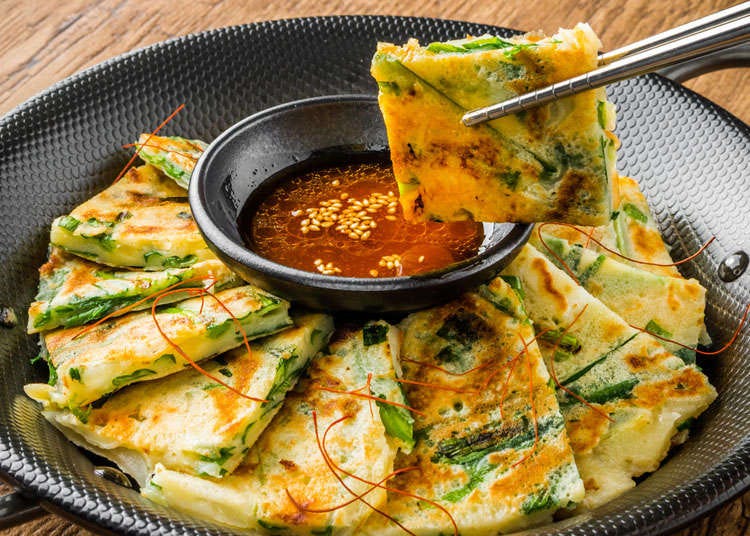
Various dishes were introduced from the neighboring country Korea to Japan. Among those dishes, bibimbap and jijim (chijimi) are the ones Japanese people often eat.
The history of bibimbap in Japan
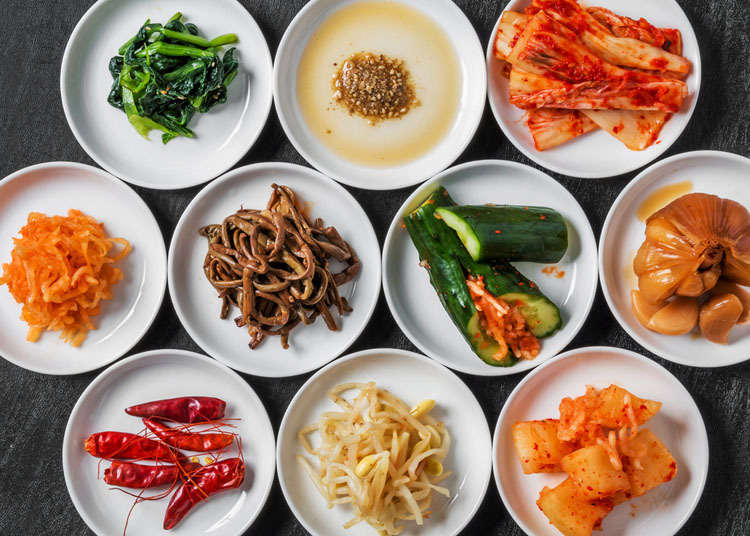
Korean cuisine in Japan is represented by yakiniku, meat grilled on a gridiron or iron plate at the table. Bibimbap first came to be known as a side dish sold at a yakiniku shop or the last dish to complete a yakuniku meal. The number of people who go to restaurants to eat bibimbap increased. There are many chain restaurants where you can have a bowl of gyudon cooked beef over rice for several hundred yen in Japan and those restaurants now include bibimbap on the menu. Bibimbap has become a rice dish known to everybody in Japan by 2000.
Where can you eat bibimbap in Japan?
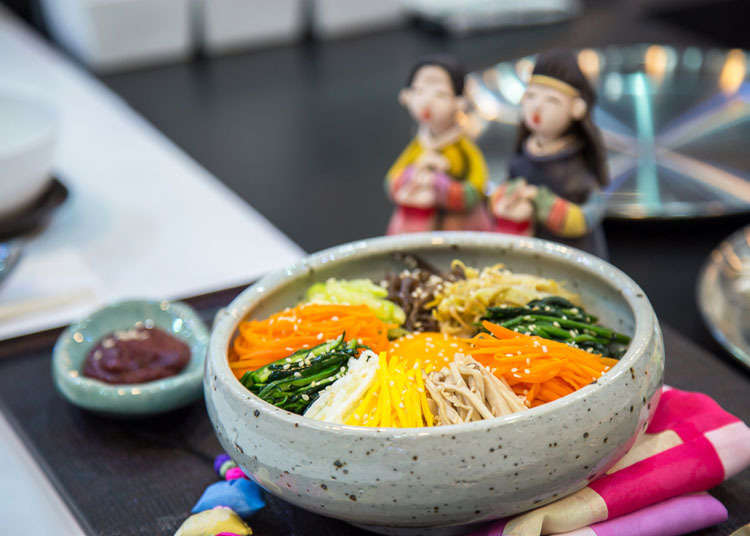
Shin-Okubo in Tokyo and Tsuruhashi in Osaka are the areas where many Korean restaurants including Korean-style yakiniku shops are gathered. Bibimbap is a standard dish at these places. Yakiniku restaurants dot other areas as well, and bibimbap is available at any Korean restaurants ranging from reasonable to exclusive ones. It is sometimes sold at a bento packed meal section of a convenience store.
Characteristics of bibimbap
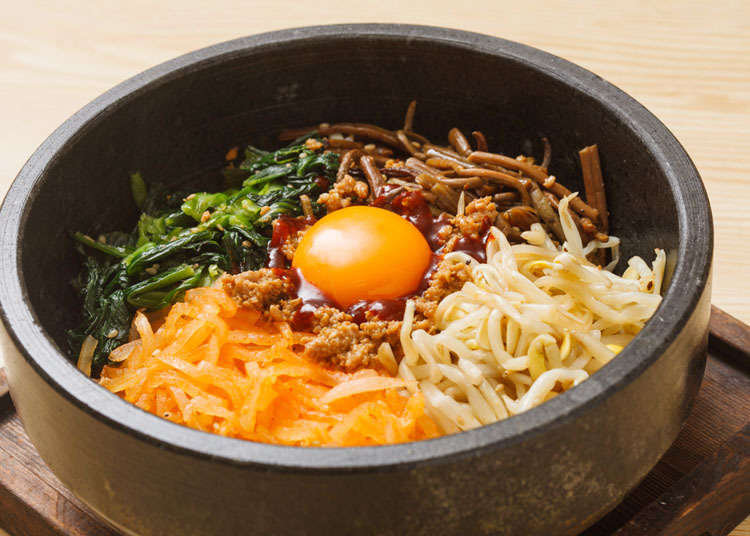
Rice in a large bowl is topped with Korean-style seasoned vegetables called namul, marinated meat, and egg. You mix the ingredients with a spoon and eat it. A bowl is sometimes made of heated stone to serve warm bibimbap called ishiyaki bibimbap, or dolsot bibimbap. Japanese people call lightly scorched rice with savory flavor okoge and are pleased to eat some. Bibimbap is cooked in a heated stone bowl in ishiyaki bibimbap in which you can enjoy the flavorful harmony of scorched rice mixed with the sauce.
The history of jijim in Japan
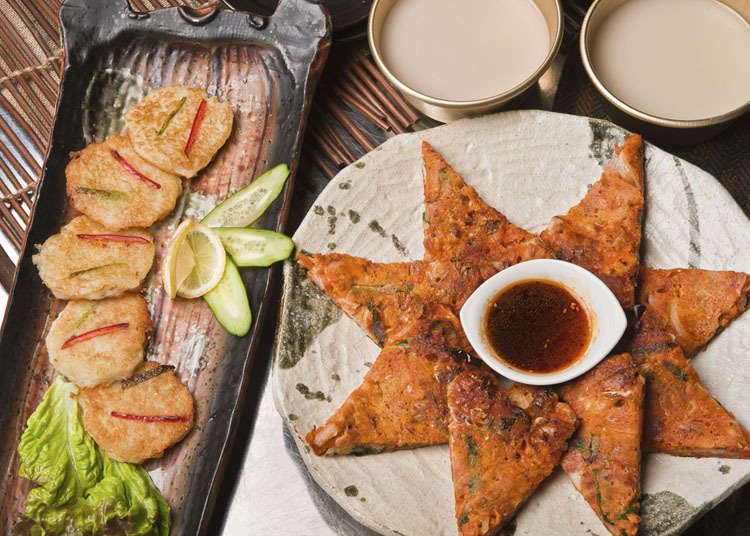
Seafood and shellfish including squid, vegetables, and kimchi spicy pickled vegetables are mixed in egg batter, spread on a pan, and fried to make a Korean dish jijim. There was a “Korea boom” in Japan in the 2000s and more people are now visiting Korean restaurants particularly in Shin-Okubo and Tsuruhashi. Jijim had already been introduced to Japan before the boom, but this boom inspired more people to enjoy jijim. Jijim is popular for it has a different taste compared to Japanese okonomiyaki in spite of their resemblance to each other.
*Prices and options mentioned are subject to change.
*Unless stated otherwise, all prices include tax.
Popular Tours & Activitiess
Recommended places for you
-
Goods
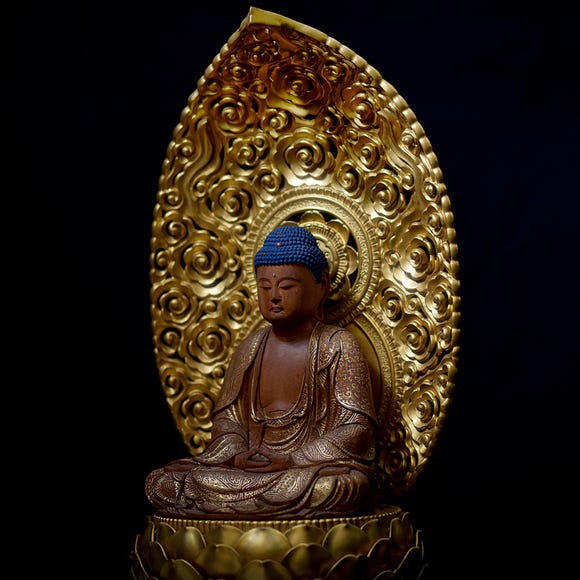
Yoshida Gennojo-Roho Kyoto Buddhist Altars
Gift Shops
Nijo Castle, Kyoto Imperial Palace
-

Kanzenkoshitsuyakinikutabehodai Gyugyu Paradise Sannomiya
Yakiniku
Kobe, Sannomiya, Kitano
-
Appealing

Rukku and Uohei
Izakaya
Sapporo / Chitose
-

ISHIDAYA Hanare
Yakiniku
Kobe, Sannomiya, Kitano
-

Jukuseiniku-to Namamottsuarera Nikubaru Italian Nikutaria Sannomiya
Izakaya
Kobe, Sannomiya, Kitano
-

Kambei Sannomiyahonten
Yakiniku
Kobe, Sannomiya, Kitano
-

Simply Oishii Wagashi School Discover Japanese Culture Through Wagashi: A Hands-On Experience!
by: Guest Contributor
-

A Travel Game Changer! Go Hands-Free Between Tokyo and Kyoto with LUGGAGE EXPRESS by JTB and JR Tokai
by: Guest Contributor
-
Ad

Preserving the Beauty of World Heritage Site Shirakawa-go for the Future Through Responsible Travel
-

Strawberries, Style, and Tokyo’s Coolest Neighborhood: Winter Afternoon Tea in Kichijoji
by: Guest Contributor
-

[Extended Offer!](12% OFF KKday Coupon) Mt. Fuji Autumn Leaves, Powder Snow & More! 15 Best Tours to Experience Japan in Fall & Winter
-

Keisei × Keikyu 16-Temple Goshuin Tour: Discover Deeper Tokyo & Yokohama
by: Guest Contributor
-

Dining in Kyoto: Best Restaurants for Kaiseki, Sushi, Cafes & More
-

3 Best Hotels in Kobe, Japan with Amazing Views of Kobe Bay!
-

Popular Food at Universal Studios Japan
by: WESTPLAN
-

Miss Eating Out? These 4 Popular Tokyo Spots Are Now Doing Takeaway!
-

18 Travel Secrets of Aomori Japan: Guide for Sightseeing, Shopping, and More
by: Guest Contributor
-

20 Best Things to Do in Fukushima Prefecture (Sightseeing Attractions, Local Foods & Activities)
- #best sushi japan
- #what to do in odaiba
- #what to bring to japan
- #new years in tokyo
- #best ramen japan
- #what to buy in ameyoko
- #japanese nail trends
- #things to do japan
- #onsen tattoo friendly tokyo
- #daiso
- #best coffee japan
- #best japanese soft drinks
- #best yakiniku japan
- #japanese fashion culture
- #japanese convenience store snacks












